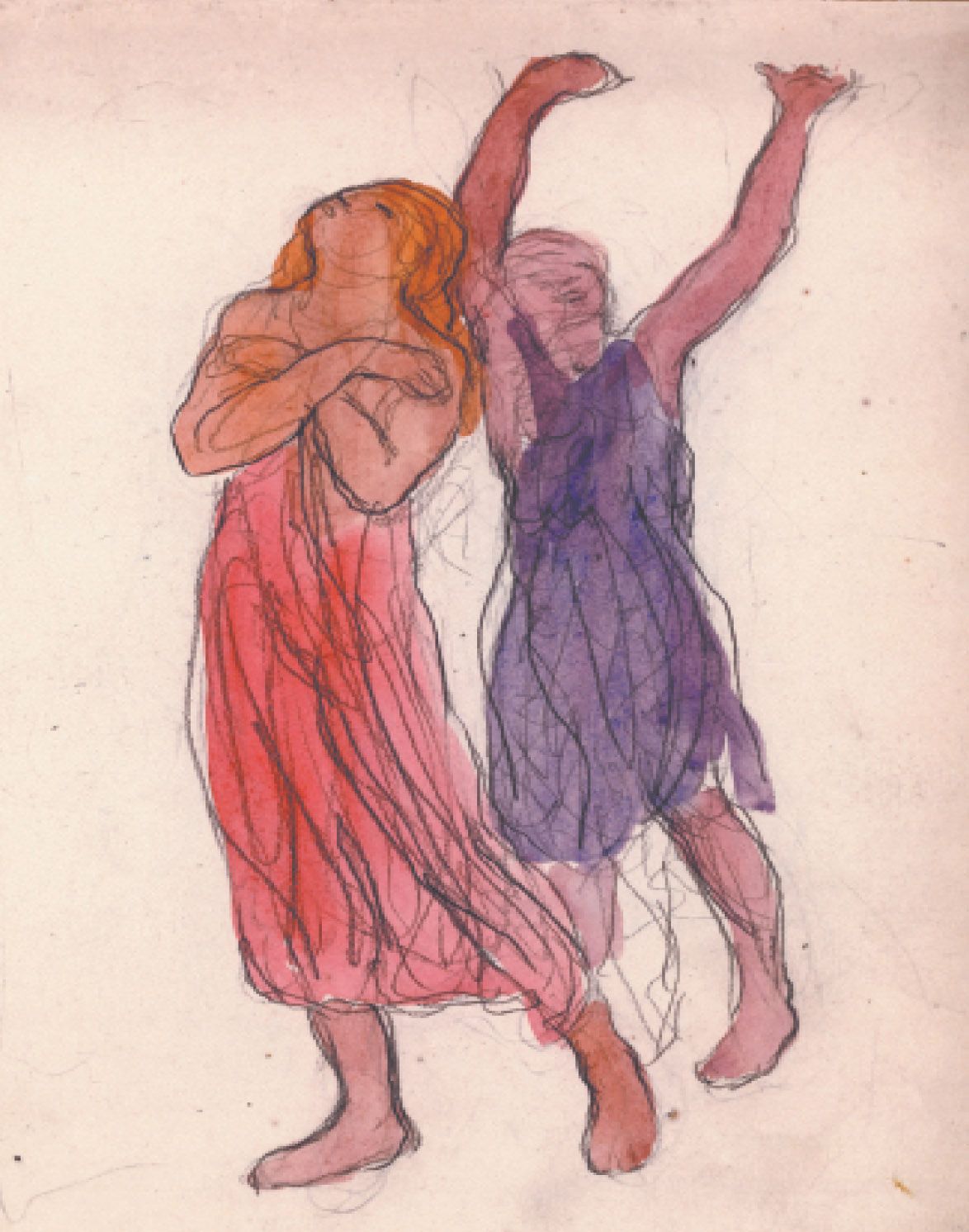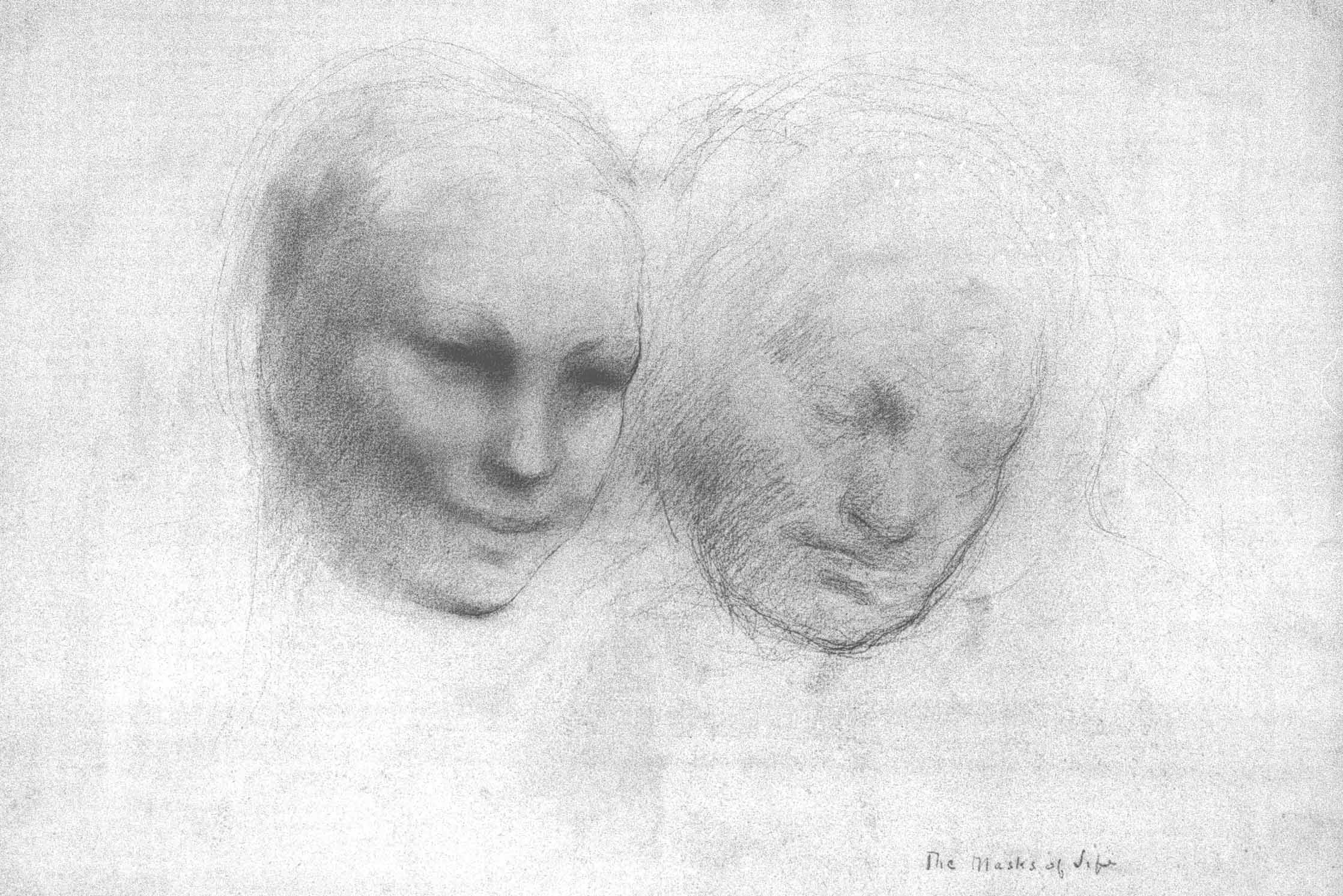Cartier’s Islamic Art Sketches
Studies for Arabic patterns. Cartier Paris, circa 1910. Indian ink on tracing paper. 24,1 x 18,6 cm. Courtesy of Cartier Paris Archives © Cartier.
Exquisite, timeless, and intricate sketches shared here from the Cartier Paris Archives give us a rare peek into the imagination and the creativity of Cartier’s designers throughout the prestigious French jewelry Maison’s history.
Each sketch captures a story, an identity, and a moment of inspiration.
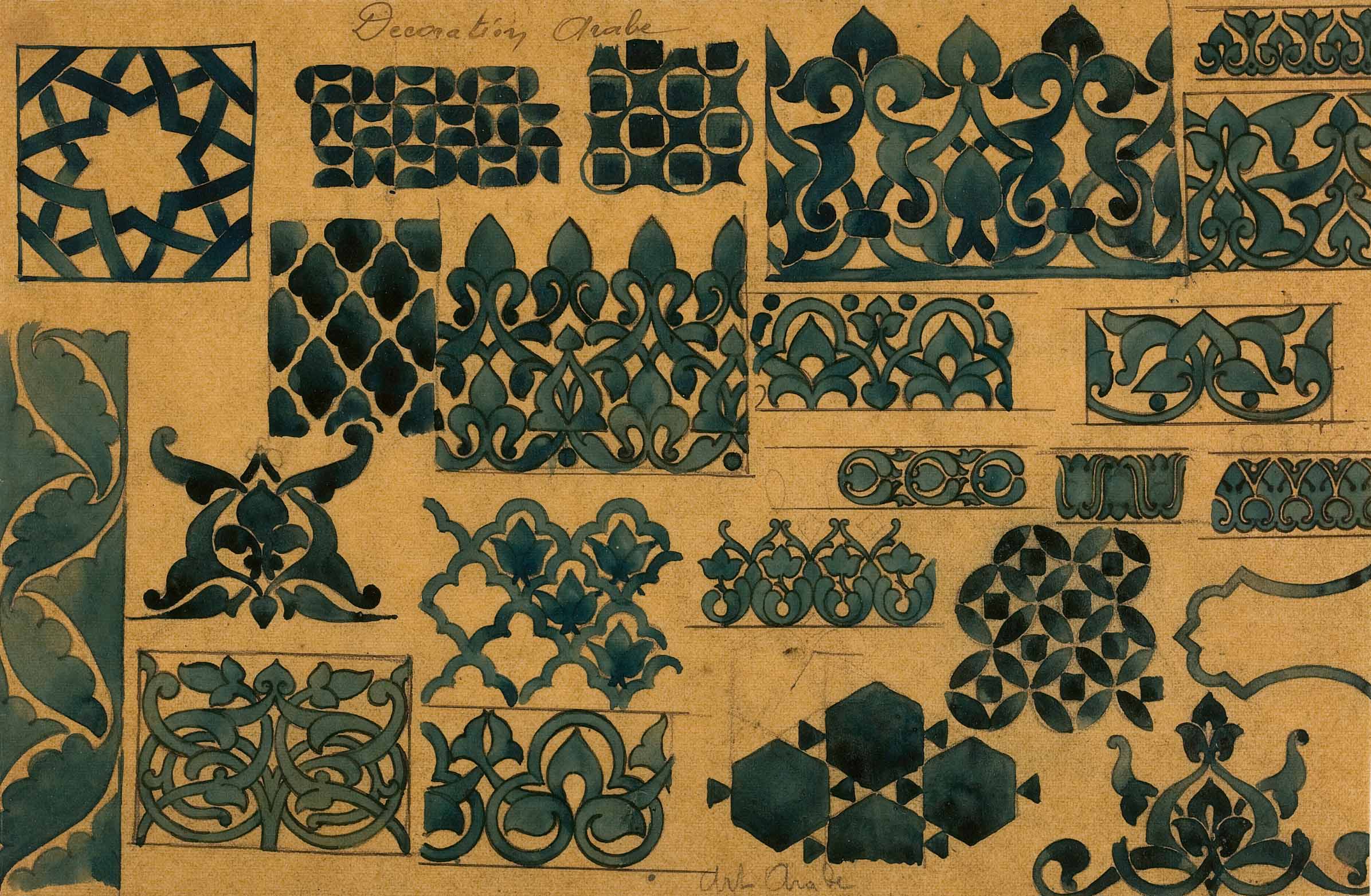
Studies for Arabic patterns. Cartier Paris, circa 1910. Graphite and Indian ink on tracing paper. 17,5 x 26,7 cm.
Courtesy of Cartier Paris Archives © Cartier.
Throughout Cartier’s history, a series of influential aesthetic encounters have shaped the Maison’s creative design and punctuated its stylistic development. In the early 1900s, Louis Cartier, who was at the helm of Cartier’s studio, developed a passion for Islamic art, and was captivated by the linear and geometric designs characteristic of this unique decorative style.
He provided Cartier’s designers with special books from a dedicated study library and unique objects from his Islamic Art collection for inspiration. The composition of the geometric motifs in Islamic art resonated with the repertoire of forms that Louis Cartier had gradually amassed and which would ultimately determine the Maison’s stylistic vocabulary.

Design for a vanity case. Cartier Paris, 1924. Executed in gold, enamel, onyx, mother-of-pearl, turquoises, pearls and diamonds, graphite, Indian ink and gouache on tracing paper 22,8 x 12 cm. Courtesy of Cartier Paris Archives © Cartier.
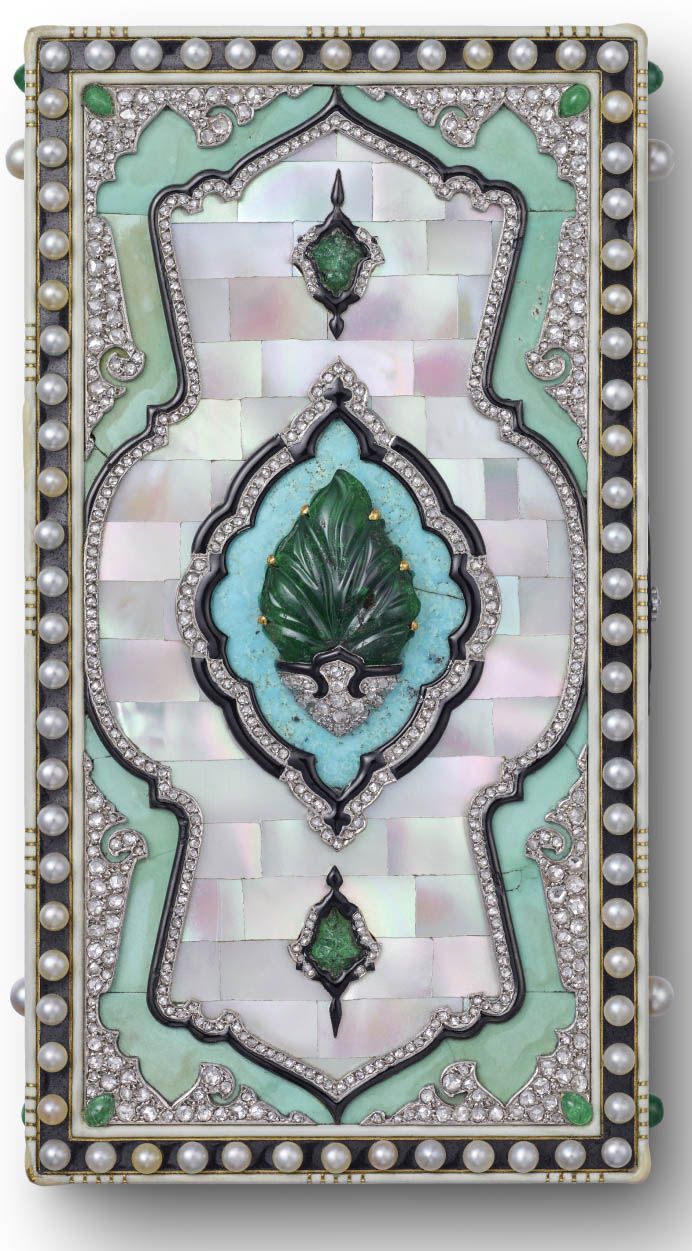
Vanity case, Cartier Paris, 1924. Gold, platinum, mother-of-pearl, turquoise, emeralds, pearls, diamonds, enamel. 10.9 × 5.9 × 2 cm. Courtesy of Cartier Paris Archives © Cartier.

Studies for Arabic patterns, Cartier Paris, circa 1910, Ink on tracing paper. 16,7 x 26,7 cm. Courtesy of Cartier Paris Archives © Cartier.
A special exhibition, titled “Cartier and Islamic Art: In Search of Modernity,” is currently held at The Dallas Museum of Art. The exhibition explores how Cartier’s designers adapted forms and techniques from Islamic art, architecture, and jewelry, as well as materials from India, Iran and the Arab world, synthesizing them into a modern stylistic language unique to the house of Cartier.
We hope you enjoy these special historic creations.
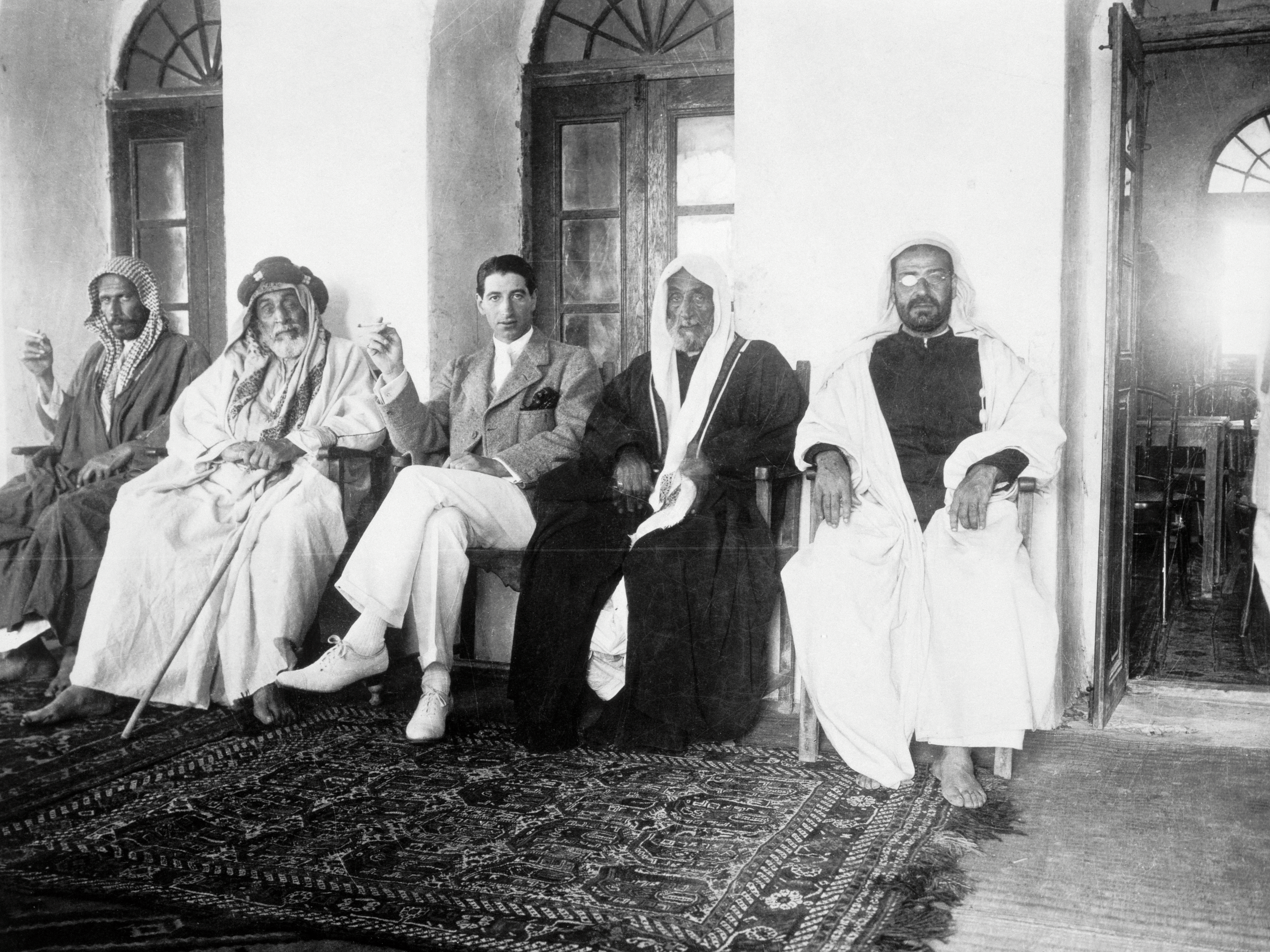
Page from the photo album of Jacques Cartier’s journey across India and the Gulf. 1911-1912. Gelatin silver print on green card, 24 x 32 cm. Courtesy of Cartier Paris Archives © Cartier
“In 1911, Jacques Cartier embarked on a journey across the Gulf to report on the natural pearl market. He met and conversed with the local potentates, who introduced him to the regional traditions, languages and customs. Jacques also observed and studied the work of the pearl divers.

Page from the photo album of Jacques Cartier’s journey across India and the Persian Gulf. 1911-1912. Gelatin silver print on green card, 24 x 32 cm.
Courtesy of Cartier Paris Archives © Cartier
His diary, lavishly illustrated with photographs and now kept by the Cartier Archives, tells his story of
fascination: ‘From the captain’s bridge, I saw the luminous sea, the furrows carved out by the ship’s prow formed blue waves seemingly lit from behind. The boat was entirely surrounded by a belt of light, strewn with the zigzagging glints of darting fish, forming fireworks on the water’s surface.’"
— An excerpt from the ‘Cartier and the Road to the Middle East,’ booklet.

Page from the photo album of Jacques Cartier’s journey across India and
Gulf. 1911-1912. Gelatin silver print on green card, 24 x 32 cm.
Courtesy of Cartier Paris Archives © Cartier
